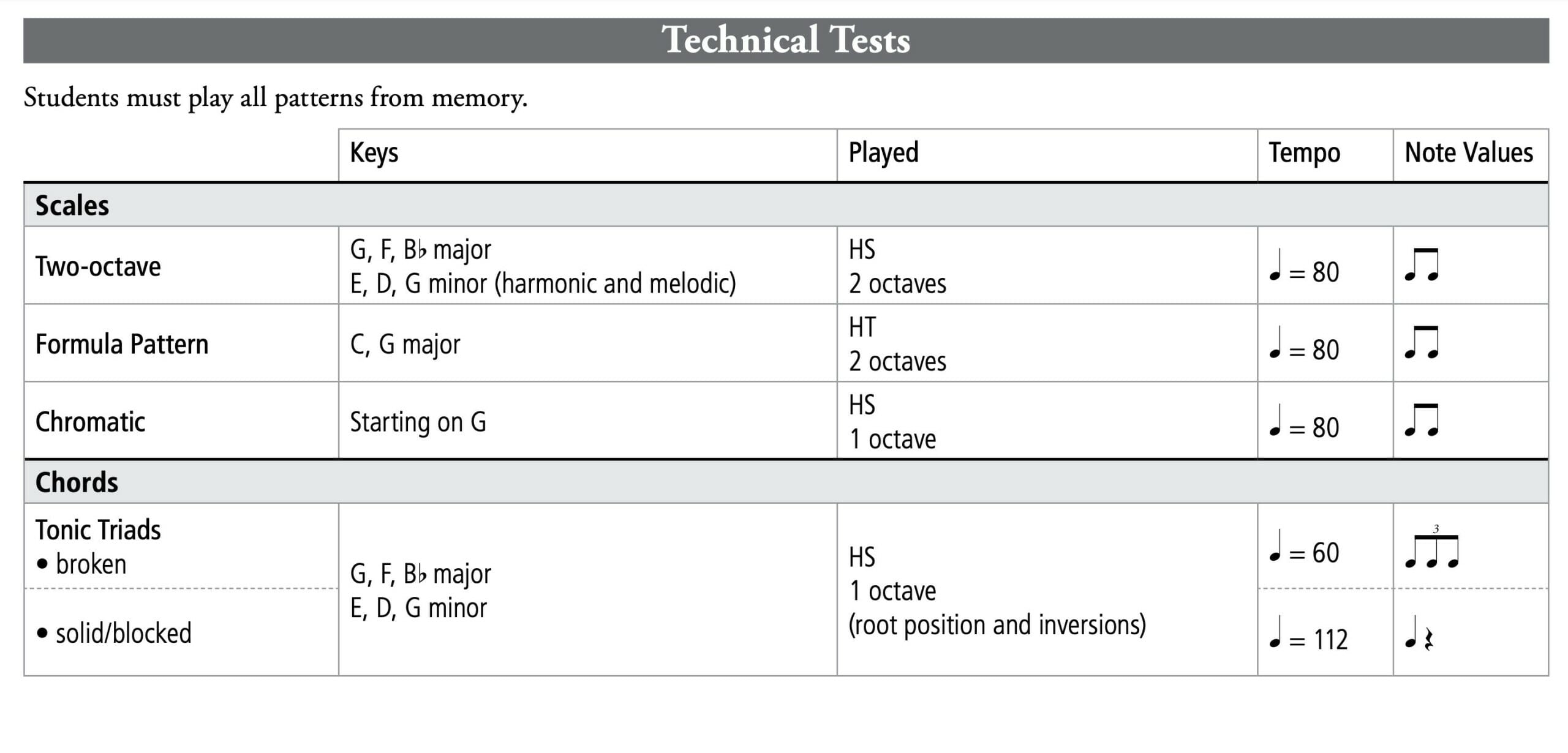Liam
Imperial March page 1 – You nailed the RH melody in lesson today, if you need to change any of the written fingering feel free, and then stick with it. The LH changing between G and Gb can get quite confusing notation wise because they chose to write in naturals unnecessarily, but trust your ear and you’ll find the right one to use when uncertain. Stay playing hands together for a day or two before putting it together.
Albert Alberti – in performance book. This piece is in C position and the Alberti bass is a new concept here. Alberti bass is *extremely* common in classical music. The pattern is bottom-top-middle-top within the triad. Use a light rotation movement in your wrist to play these, like you’re opening a twist door handle.
Chromatic scale use 1313 fingering on white-black keys. When two white keys beside each other do 2-1 in LH ascending and 1-2 in RH (so the fingers go nicely in order like 123 on EFGb for example)
If time, Stars and Stripes Forever in lesson book.
Marco
*New* Bear Dance – Ignore the grace notes! Learn the melody to the first 4 bars and then we’re going to loop these 4 bars HT so much and so perfectly that you feel like you’ve cracked the code to hands together playing. Yes it’s repetitive but pretend you’re hypnotizing someone or something :) Keep your LH relaxed and let gravity help you do the heavy lifting.
Going Undercover – playing this hands together will also greatly help Indiana Jones. This is the kind of music that could be used for a video game level because of how it loops and drones on, building tension and then releasing it. Keep your arms relaxed.
These two pieces are the focus for this week as they give you the foundation to play Indy. Of course feel free to continue exploring Indy and keeping the two hands parts fluent in your hands, but please prioritize steady HT practice on Bear and Undercover this week.
Daniel
*New* Crocodile Teeth – I’ve marked in any important notation things for you to notice. Count out everything and prioritize evenness and you’ll be great! A piece that’s chaotic like this only works because it’s actually not chaotic at all and everything is very accurate rhythmically with a consistent pulse. Staccato touch will be very important to creating this precise sound.
Stairway – fix syncopated rhythm measures 3 and 4. The RH comes just before the LH. Otherwise awesome!! Play along with this for fun, it even has a 2 bar count in.
Below is all the technical requirements for level 2, all of which you already know except for melodic minor scales. I’ll teach those next lesson. For this week, practice your harmonic minor scales. The new one for you here will be G minor, so use Bb major’s key signature and then raise the 7th, so you get GABbCDEbF#G.
Sara
Repertoire all sounds great, fantastic details. Few notes, isolate the last 2 measures of In the Spirit (before it goes back to the beginning) practice the timing blocked so you don’t slow down and also practice lightening up on that final chord.
Sonatina, make sure you’re hearing the triplets inside your head for the final measure of the first page so the quarter notes are not too slow. I think it was accurate today, just make sure you don’t lose the pulse in your head.
If you are able to get your Dad to do some melody playback with you that would be awesome. This image below shows the parameters. (Totally fine if not too!!) Tonic, mediant and dominant means you can start on any of the triad notes, 135.
Le Coucou – slow it down tempo wise and be very accurate about the articulation and phrasing. Notice some of the LH notes are meant to be legato (you’re doing this right) and some go staccato-then thicker. Be picky with this. Also in the RH you will notice the phrasing sometimes connects over the barline. If you need to, draw upwards arrows where the phrase line breaks to remind you to break the legato sound. This is a very impressive piece, and slowing it down and being super accurate will only benefit you more :)
Sina
If today was our final lesson together, I have prepared this summary of your current skills to give to whoever your next teacher is. If you are able to come for in person lessons on Thursday evenings or Saturday afternoons, I would love to continue working with you. You are great at taking feedback and lovely to work with Sina!!! Keep creating music <3
Marita
*New* The Swiss Cuckoo. This piece is in G major and the articulation is very important. Staccato when written and legato when needed to truly bring to life this playground song. It’s going to sound sing-songy and a little bit mocking in parts because it is traditional Italian children’s song. Watch the pickup beats.
Etude in C by Diabelli – take this for a spin one more week and see how fluent you can get it. Really lean into those down-up 2 note slurs and give a beautiful classical performance.


